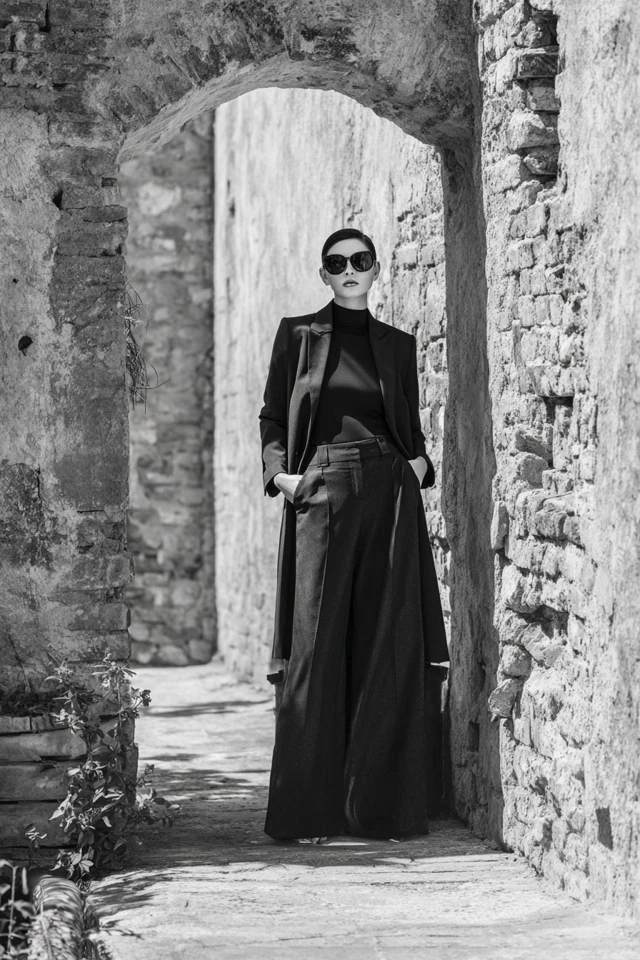Introduction
There’s a distinct moment in my weekend mornings when the urge to simplify my wardrobe meets the desire for effortless style—and that’s when monochrome outfits come to life. I recall a brisk Saturday stroll downtown, dressed head-to-toe in soft beige tones. The seamless harmony of color made my look feel polished without trying too hard, and unexpectedly, I noticed how boosted my confidence was throughout the day. This wasn’t just about aesthetics; it was about how the cohesion in my outfit influenced how I moved, felt, and was perceived by others.
Monochrome dressing is often misunderstood as plain or dull, yet it holds vast potential for making strong style statements with subtlety. From casual weekend brunches to urban explorations or laid-back gatherings, assembling monochromatic weekend outfits taps into both fashion sensibility and psychological insight. It’s about crafting looks that are defined not just by color but by texture, silhouette, and intention.
About the Author and My Trend Boutique
Why does this matter? Because style isn’t merely a superficial exercise—it’s a form of communication and a catalyst for self-expression. As someone with advanced training in fashion design and color psychology, I’ve seen how thoughtfully chosen monochrome palettes can elevate personal style and even shift one’s emotional state. In this post, we’ll dive deep into the art and science of monochrome weekend outfits, exploring foundational concepts, the psychology of color, body-smart styling tips, and actionable strategies to refresh your wardrobe with timeless and trendy pieces.
Foundational Concepts
To fully appreciate monochrome weekend style, we must first understand core ideas that influence how we dress and perceive clothing. Let’s start with color psychology. This discipline studies how color impacts our emotions, behaviors, and interactions. For instance, blue is often linked with calmness and reliability, while red can evoke passion and energy. When you dress in a single hue or closely related shades, you amplify these psychological signals through consistency and visual harmony.
Equally important is the notion of trend forecasting, which guides how fashion evolves and influences what’s desirable in any given season. Knowing which colors or fabrics are trending helps us mix contemporary elements with personal style without appearing outdated. For example, if soft lavender or earthy terracotta dominates the trend reports, you can incorporate these into your monochrome palette to feel current yet authentic.
Finally, dressing to impress goes beyond igniting attraction—it’s about intentional choices that boost confidence and create positive first impressions. Research in social psychology confirms that how someone dresses immediately affects how competent, approachable, or authoritative they seem. Monochrome outfits can simplify this process, as coordinated looks often signal thoughtfulness and sophistication.
A relatable story comes to mind: a close friend of mine struggled with busy prints and mismatched colors until she embraced monochrome dressing. Not only did she receive compliments on her polished appearance, but she also reported feeling more self-assured and less anxious about clothing decisions. This is the practical magic at the heart of today’s style discussion.
Picture Gallery
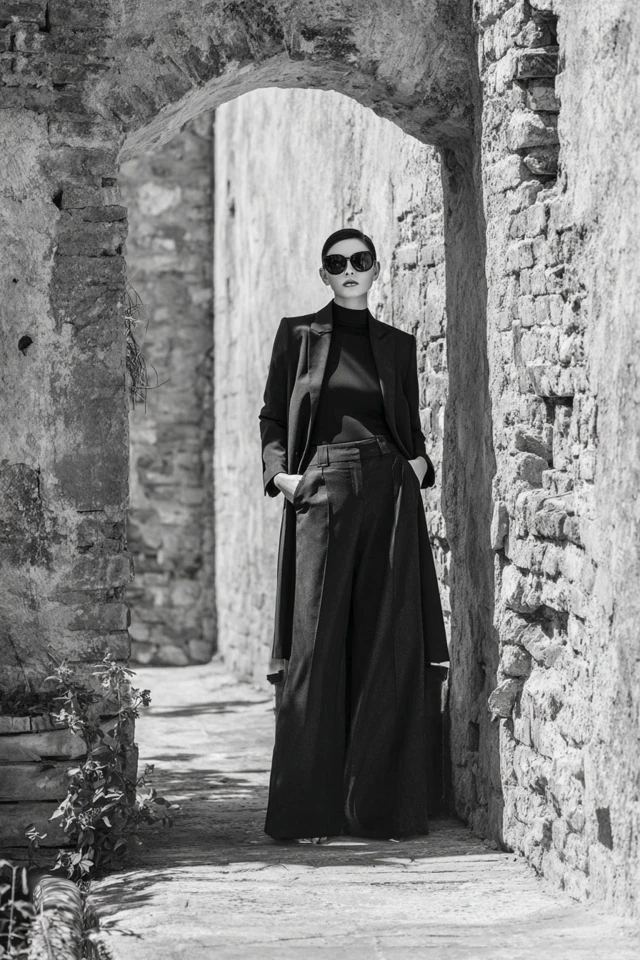
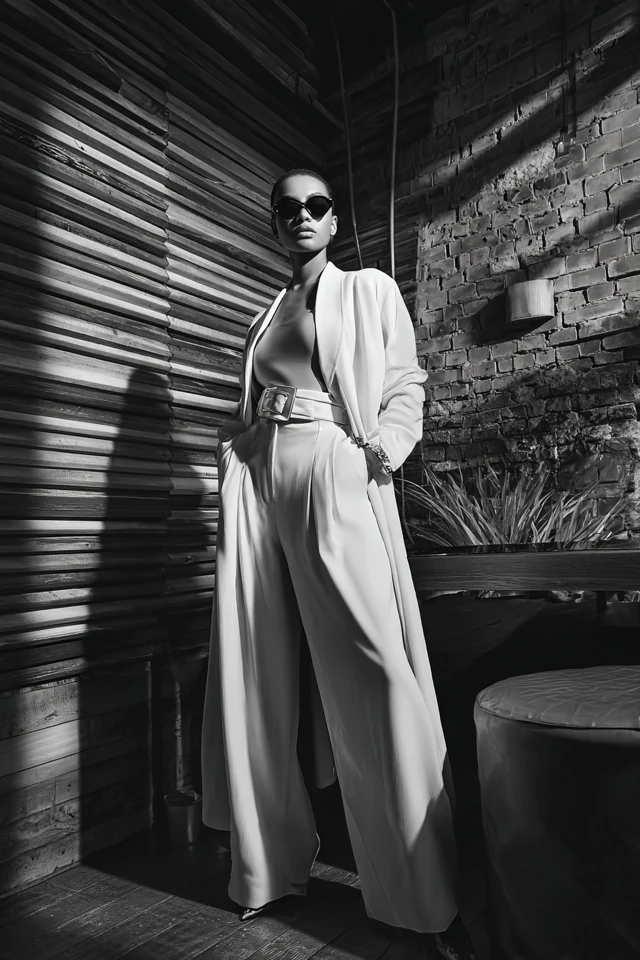
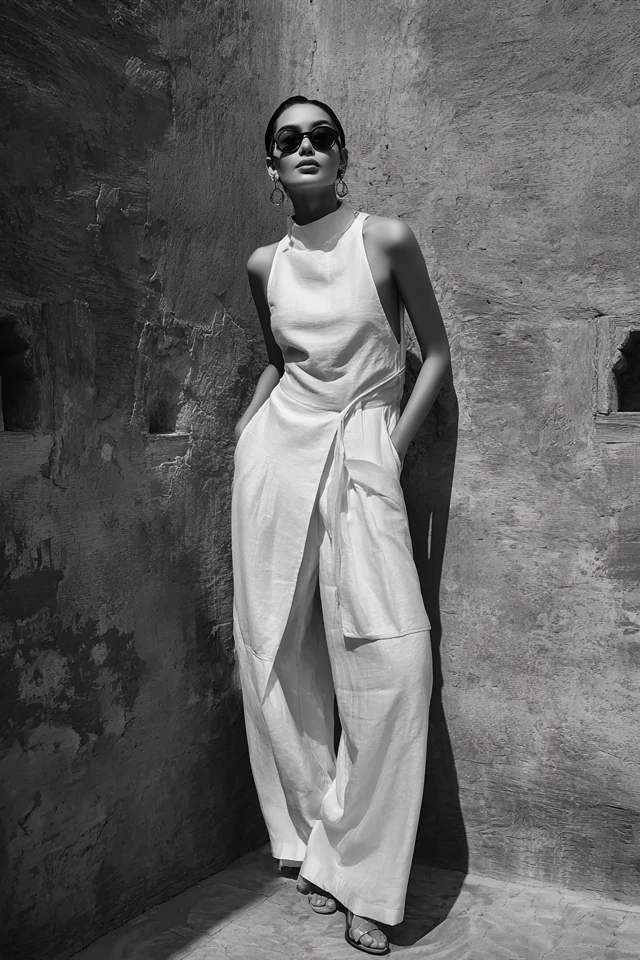
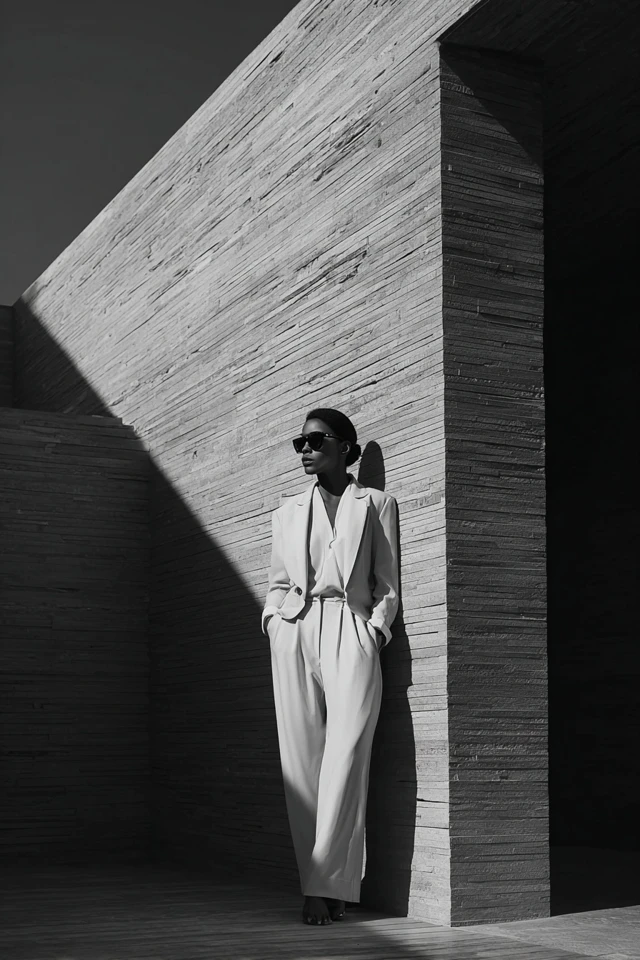
Color Psychology & Emotional Impact
Understanding the emotional impact of color is crucial to mastering monochrome style. Our brains process color stimuli before words and gestures, making it a powerful vector for first impressions. For instance, choosing a monochrome outfit in black can convey authority and sophistication, while an ensemble in soft grey emits calm neutrality.
Studies show that colors can modulate mood and even hormone levels—blue and green hues promote relaxation and focus, whereas warm reds and oranges may energize and stimulate. When you dress head-to-toe in a related color family, it creates a visual rhythm that your mind finds pleasing and emotionally soothing. This effect translates into higher self-confidence, which further impacts how others perceive you.
Consider the science behind first impressions: within seconds, people form judgments based on visual cues. Wearing a cohesive monochrome outfit signals clarity of purpose and refined taste. This subconscious cue can foster trust, admiration, or approachability depending on your chosen hue.
For a visual aid, imagine a color swatch palette highlighting navy blues with descriptions linking the shades to emotional states such as calm, power, and professionalism. This kind of targeted insight helps you tailor your weekend outfits to your desired mood and social context.
Personal Style & Body Type Considerations
Monochrome dressing is wonderfully adaptable, but selecting the right silhouettes, fabrics, and shades for your body type and skin tone maximizes its impact. Here are key considerations:
- Hourglass figures: Choose structured fabrics that emphasize waist definition. A fitted monochrome dress or tailored trousers paired with a matching blazer highlights curves elegantly.
- Pear-shaped bodies: Draw attention upwards with textured or lighter hues on top, and keep bottoms in darker monochromatic shades to balance proportions.
- Apple-shaped silhouettes: Opt for draped fabrics and vertical lines within your monochrome palette to elongate the torso and create flow.
- Straight or rectangular shapes: Use layering and tonal contrasts within your color family to create dimension and curves.
Skin tone plays a pivotal role as well:
- Warm undertones: Embrace earth tones like camel, rust, olive, or mustard within your monochrome scheme for a natural glow.
- Cool undertones: Prioritize jewel tones such as sapphire, emerald, or cool greys to complement your complexion.
- Neutral undertones: You have flexibility; experiment with muted pastels or bold primary colors within monochrome looks.
Quick Monochrome Style Quiz
- What is your dominant body feature you want to enhance or downplay?
- Do you prefer fitted, flowy, or structured garments?
- What colors naturally flatter your skin tone?
- How adventurous are you with mixing textures and shades?
Your answers will guide which monochrome colors and styles work best for your weekend-ready looks.
Current Trends & Timeless Classics
While monochrome styling is timeless, it continuously evolves with fashion trends. Recent runway highlights include dusty mauve, vibrant lime green, and classic beige dominating both casual and elevated weekend wear. The key is to select a trending color that resonates with your personality and mix it with evergreen staples.
Classic monochrome pieces you can always rely on include white button-down shirts, black slim trousers, navy blazers, and camel trench coats. These form the backbone of capsule wardrobes and work beautifully as anchors to infuse trending hues around.
For instance, a weekend outfit might pair a trending lilac sweater with white denim and lilac accessories for a fresh take. Or try rusty orange knitwear over tan wide-leg pants for cozy autumnal vibes. Keeping a core of neutral-colored pieces allows you to swap in seasonally fashionable monochrome tones without cluttering your closet.
This strategic blend enhances your style longevity and keeps your weekend outfits feeling both relevant and classic.
Practical Tips & Recommendations
Implementing monochrome weekend style requires thoughtful shopping, maintenance, and styling.
- Shopping advice: Invest in versatile pieces in your chosen monochrome palette; opt for quality fabrics like linen, silk, or organic cotton that elevate simple color schemes.
- Wardrobe maintenance: Proper care preserves color vibrancy—use gentle detergents, avoid excessive sun exposure, and store items to prevent fading.
- Layering strategies: Combine different textures and shade intensities within the same color family (e.g., matte cotton with glossy leather) to add dimension without breaking monochrome harmony.
- Accessorizing: Introduce subtle variations through monochrome shoes, bags, or jewelry. Metallic accents in gold or silver can complement or contrast without clashing.
- Color combos to try now: Mix navy with sky blue, beige with cream, or charcoal with light grey for soothing yet stylish weekend ensembles.
Visual aids such as a slideshow of texture combinations or a layering guide would be helpful for readers to conceptualize these tips.
FAQs
- Q: How do I find my signature monochrome color?
A: Begin by evaluating your skin tone and lifestyle. Experiment with small monochrome accents in different hues to see which boosts your confidence and harmonizes with your environment. Over time, you’ll notice a favorite emerging naturally. - Q: Can I mix monochrome with prints and patterns?
A: Absolutely—pair solid monochrome pieces with subtle patterns in the same color family to add interest without clashing. Avoid overly busy prints to maintain cohesion. - Q: What if I’m on a budget—is monochrome practical?
A: Yes! Monochrome outfits simplify decision-making and encourage buying fewer high-quality, versatile pieces that combine seamlessly. Capsule wardrobe principles support this approach well. - Q: How can I transition monochrome looks from weekend casual to weekday professional?
A: Swap casual fabrications for structured tailoring and add statement accessories like sleek belts or elegant scarves while maintaining color continuity. - Q: Do certain fabrics work better for monochrome styling?
A: Fabrics with interesting texture—such as ribbed knits, suede, or silk—enhance monochrome outfits by adding depth. Mix these within your color family to keep the look dynamic.
Conclusion
Monochrome weekend style is an artful balance of simplicity and sophistication that resonates beyond fashion trends. By understanding color psychology, choosing flattering silhouettes, and blending timeless pieces with current hues, you elevate your wardrobe’s impact and your personal confidence. The beauty of monochrome dressing lies in its ability to reflect your unique style while communicating clarity and intentionality to the world.
I encourage you to experiment boldly with monochrome color palettes—allow your intuition to guide you, and celebrate the emotional resonance that cohesive dressing can bring. Share your monochrome looks, questions, and stories in the comments below, and subscribe for more style insights that blend academic wisdom with practical flair. Together, let’s redefine weekend fashion with confidence and creativity.

